Magoulas is a village in the Lasithi regional unit on the island of Crete, Greece. It is located on the Lasithi Plateau at an altitude of 861 meters. The village is part of the Psychro community within the Municipality of Oropedio Lasithiou.
The name “Magoulas” is believed to be derived from its location on the “magoula” (cheek or slope) of a mountain.
History
-
Venetian Period:
- 1583: The first recorded mention of Magoulas appears in the 1583 census by Kastrophylacas as “Magula Mettocchio,” but the population is not recorded.
- 1630: The census by Basilicata mentions “Magula Metochio” with 15 houses, indicating that it was one of the larger settlements (“metochia”) on the Lasithi Plateau at that time.
- Metochia: Venetian documents refer to the early settlements in the Lasithi Plateau as “metochia” (hamlets) because Venice prohibited permanent residence on land belonging to the Venetian state.
-
Ottoman Period:
- 1671: The Ottoman census records Magoulas as “Magula” with 9 families.
- 1834: The Egyptian census records Magoulas as “Maghula” with 25 families. No Turks lived in the Lasithi Plateau during this period.
-
Late 18th Century: A Turkish administrator chose Magoulas as the site for his summer residence and tax collection center. He appointed a young man named Nikolaos Alexis as his secretary. However, Alexis soon became a priest in Magoulas and opposed the exploitation of the local population by the Ottoman authorities.
-
19th Century:
- Church Construction: The villagers sought permission from the Ottoman authorities to build a larger church dedicated to Agios Spyridon. Despite being given an unreasonably short timeframe, the villagers, with help from neighboring communities, managed to complete the church.
- Uprising against the Chanialides: The people of Lasithi, led by the priest Nikolaos Alexis, revolted against the tyrannical Ottoman ruler Hasan Chanialis. In 1815, a secret firman (decree) was issued to the Pasha of Crete, ordering Chanialis’s assassination.
- Conflict with the Janissary Tsoulis: In 1817, the Ottoman Janissary Tsoulis caused trouble in the Lasithi Plateau. A group of locals, led by the sons of Nikolaos Alexis, killed Tsoulis in retaliation for his crimes.
- Cretan Revolts: Magoulas suffered damage during the Cretan revolts against Ottoman rule in 1823 and 1867.
-
20th Century: Residents of Magoulas participated in various conflicts defending Greece, including the Greco-Turkish War, the Balkan Wars, and World Wars I and II.
Landmarks
- Church of Agios Spyridon: The patron saint of the village, the church is also dedicated to Agioi Pantes (All Saints).
Environment
Magoulas is known for its natural beauty. The village is surrounded by trees and small groves. The northern part of the village borders the mountainous area of Kloros, where residents produce wine, legumes, wheat, and engage in livestock farming. The southern part of the village overlooks the Lasithi Plateau with its old windmills.
Village Key Points
- Historical References:
- 1583 census as “Magula Mettocchio.”
- 1630 census as “Magula Metochio” with 15 houses.
- 1671 Ottoman census as “Magula” with 9 families.
- Location: Lasithi Plateau, Lasithi regional unit, Crete, Greece.
- Altitude: 861 meters
- Historical Significance: Early settlement on the Lasithi Plateau, role in local uprisings against Ottoman authorities.
- Population:
Year |
Population |
|---|---|
1881 |
161 |
1900 |
143 |
2011 |
79 |
2021 |
83 |
References













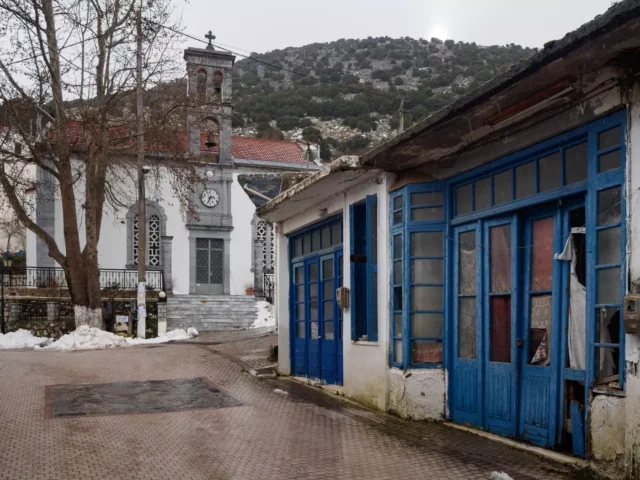



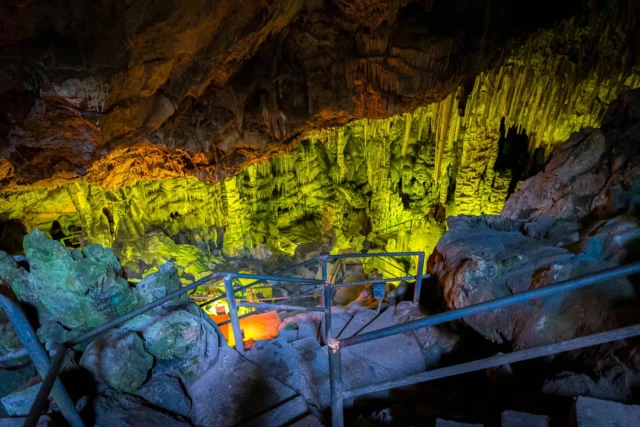

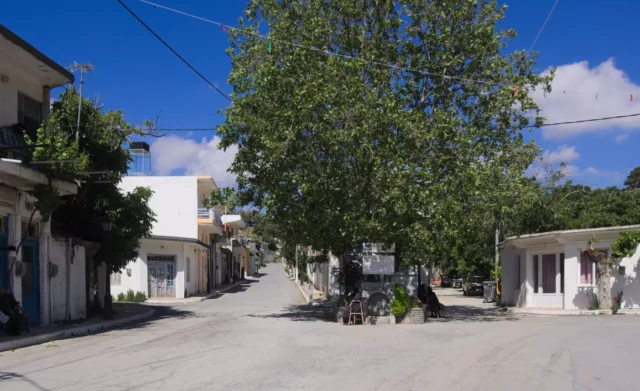
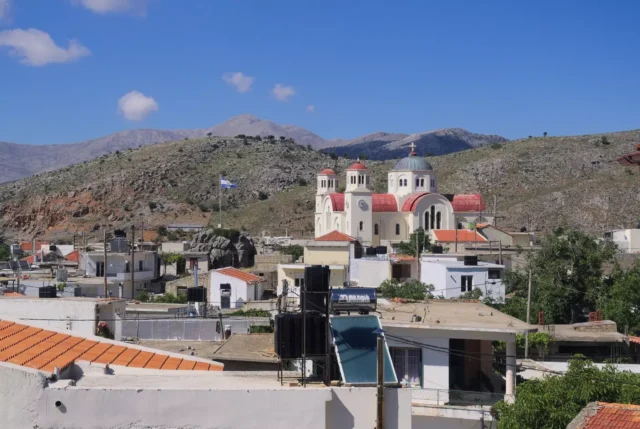

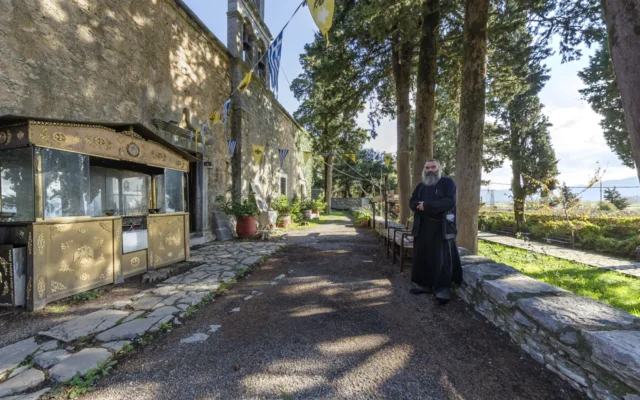

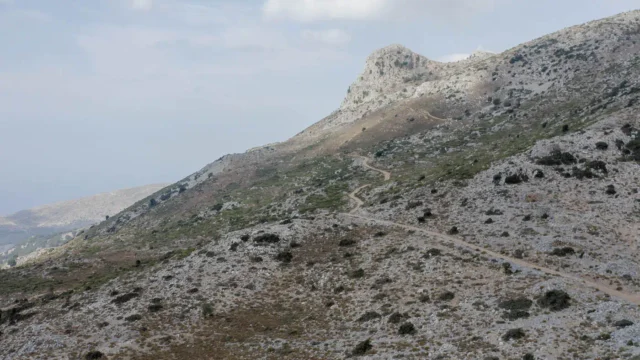
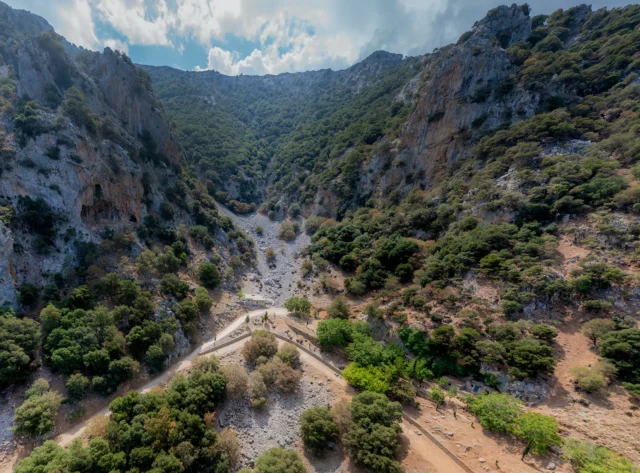
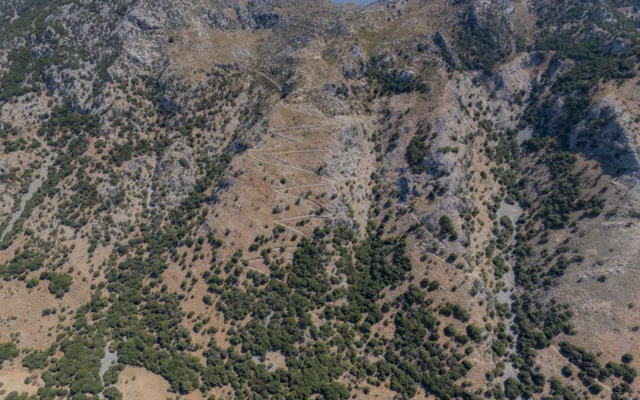

There are no comments yet.